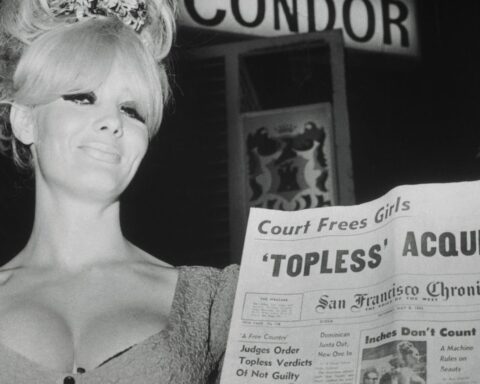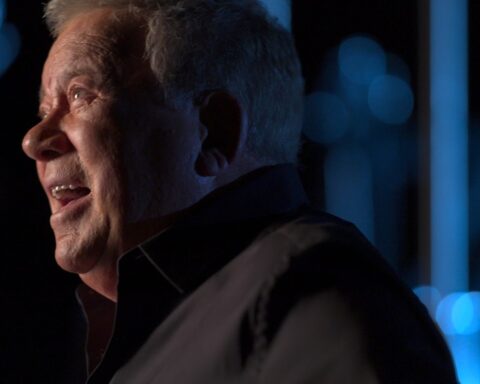Chaplin in Bali
(France, 80 min.)
Dir. Raphaël Millet
Here’s the thing about home movies: they’re only interesting when they’re your own memories. Not even the home movies of the great Charlie Chaplin can conjure the same captivation that one experiences with his Hollywood classics. Director Raphaël Millet mines the Chaplin archive to offer snippets of 16mm that the Little Tramp shot in Bali in 1932. It’s a bit of a slog although film buffs might enjoy the novelty of this glimpse of a Hollywood icon.
The first act of the film, however, isn’t particularly interesting aside from a few images of Chaplin with Mahatma Gandhi. The early bits are like an uncle’s unedited travelogue slideshow offering B-roll of the busy streets of Asia over 80 years ago. One doesn’t need to see all the streetcars and hustle-bustle viewed through shoulders on the street to get the point.
Things pick up when Chaplin looks a little deeper. It’s the early ‘30s and Chaplin is seeing the world after tiring of Hollywood and opting not to return home after the European junket for City Lights. Instead, he visits Bali for some soul-searching while wondering where his lackadaisical pantomime routine fits with the exploding popularity of the talkies. He goes from one new world to another and the trip to Bali offers him some perspective.
Dry voiceover adds the obligatory transatlantic narrator to the mix as Cathy Smith blabs about Chaplin’s experiences. The soundtrack also features awkward voiceover by Jonathan Sawdon as Chaplin and Simon Shrimpton-Smith as Chaplin’s brother/travel companion Syd. The brothers Chaplin recall their experiences in diary-like entries that observe differences between the new world and the old. The film often draws notable dangers of colonialism as Chaplin sees its dark side, but his voiceover ramblings have a colonialist filter as he comments upon the Balinese dancers being possessed by devilish spirits that make their arms jangle and fly through the air. The film also features some footage of these same dancers shot again in 1995, and there’s an awkward dancer who wiggles around in solo numbers scattered throughout the film, which adds to the documentary’s televisual style and the inadvertent exoticization of the dancers.
The film ends with Chaplin seeing himself rejuvenated. The doc notes an anti-colonial script Chaplin penned that Hollywood never produced before he went on to make two of his best films, Modern Times and The Great Dictator. The trip to Bali illuminates Chaplin’s return to form, while the narration complements Chaplin’s sentiment that the movies were at the peak before they started talking.
Chaplin’s archive from the Bali days is undeniably valuable regardless of the delivery. A fair bit of this footage, however, is freely available on YouTube. Millet’s transfer of the archival footage is superior to what’s online, but Chaplin in Bali isn’t exactly Dawson City: Frozen Time when it comes to unearthing hidden nuggets of film history. Aficionados of film history will nevertheless appreciate Chaplin’s Eat, Pray, Love adventure that accounts for the gap in his résumé.
VIFF runs Sept. 28-Oct. 13.
Visit VIFF.org for more information on this year’s festival.










